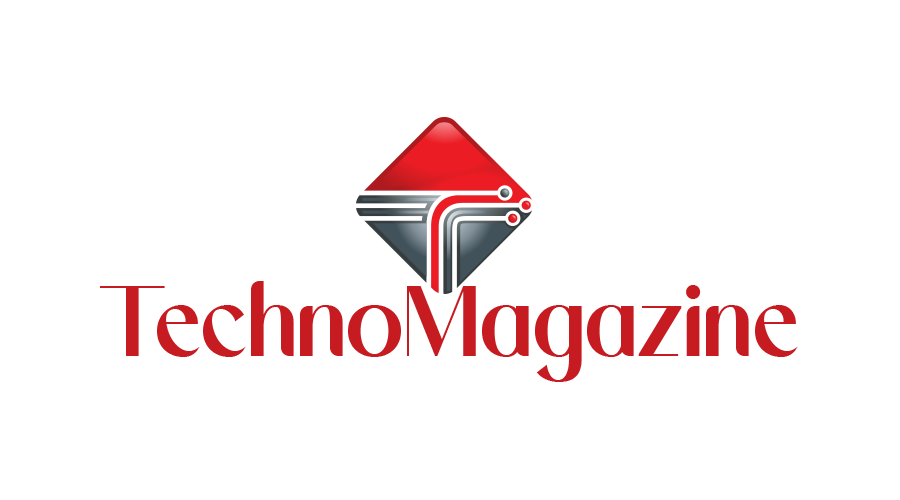TEACHER: Hello, Student. Our discussion begins with the description of two important concepts: know-how and can-do.
Technology means knowing how to do something: the know-how. Every commercial enterprise needs to possess the know-how of some process, no matter how simple it might be.
But to actively participate in the market, know-how must be complemented with the ability to apply the technology, the can-do.
Can-do is a must. A firm may have the technical knowledge of a given productive process, but it can not apply it profitably without the means to perform it effectively. techitree Can-do includes availability of trained personnel, capital goods (machinery and installations), and also the means to market the goods.
Elements of a Technology Strategy
- Awareness
- A firm must be constantly aware of the existing and upcoming technologies in its field, be it from external sources of from within the company. The ways to do this are many, from scanning trade magazines to attending trade shows to efficiently managing of the in-house pool of know-how.
- Assessment
- Decide which technologies may impact the business.
- Quantify potential of these technologies to affect the business positively or negatively.
- Analyze the firm’s capacity to incorporate these technologies effectively.
III. Implementation
- Maintain a priority schedule based on potential cost-benefit and viability.
- Organize to permit incorporation of new technologies.
STUDENT: Many times, in relation to a company’s capabilities, one hears about invention, creativity and innovation. Can you please elaborate?
TEACHER: Gladly. We must try to define and distinguish between these three activities, which are the motors of technological change. techmagician Of course the meanings overlap a lot, but still there are basic differences. A firm must be clearly aware of the differences.
- Invention means discovering something radically new.
- To invent something in today’s environment is difficult and very expensive. An intensive and costly R&D activity must be present.
- Many inventions take place “before their time” and can not be implemented profitably in existing market conditions. Normally inventions carry patent protection, but for a limited time only; a long delay in practical application can make this protection useless.
- In spite of the previous caveat, sometimes an invention can be a hit and be tremendously profitable. We hear of this with certain frequency in the drug industry, carrying familiar names such as Upjohn’s Minoxidil, Eli Lilly’s Prozac or Pfizer’s Viagra. techvaluetrends But it must be realized that the investment in R&D behind any of these hits is enormous.
- Creativity is devising a novel combination of existing technologies or practices.
- A new product composed of existing elements (as the first Apple computer).
- An original way to exploit an existing technology (as using the Internet for a new service -i.e., a site publishing and selling “electronic books”).
- Creativity can be expensive and involving a lot of high-tech R&D in sub-technologies (as in developing a faster, smaller computer chip) but sometimes it may be cheap and very profitable This happens many times in manufacturing when an employee thinks of an improvement in the production process.
III. Innovation can be defined as the practical and profitable implementation of the ideas originated by invention or creativity; “converting ideas into value”. In commercial firms, the objective of innovation is:
- To bring new profitable products or services to market.
- To improve competitiveness through lower production cost.
STUDENT: As in every aspect of business, there must be a need for managing this innovation process. TechnoMagazine Innovative ideas flow continuously to management from external and internal sources. Some may be good, others not as good. The key is, simply put, to identify the ones the company should invest in and eventually implement.

